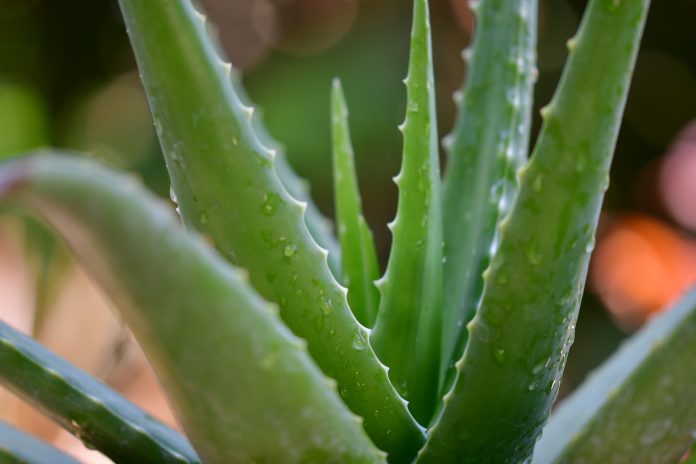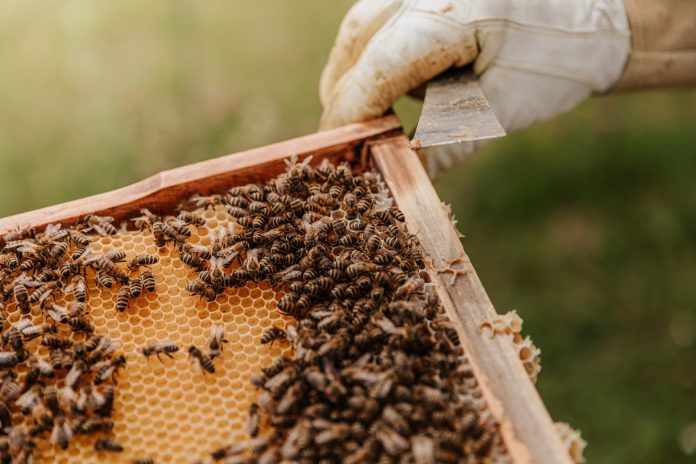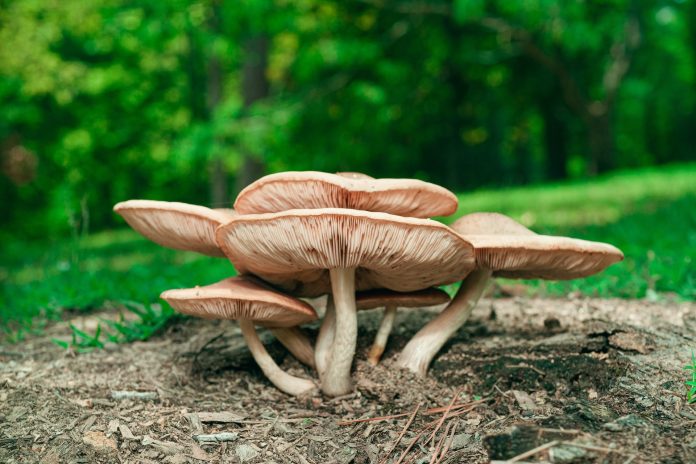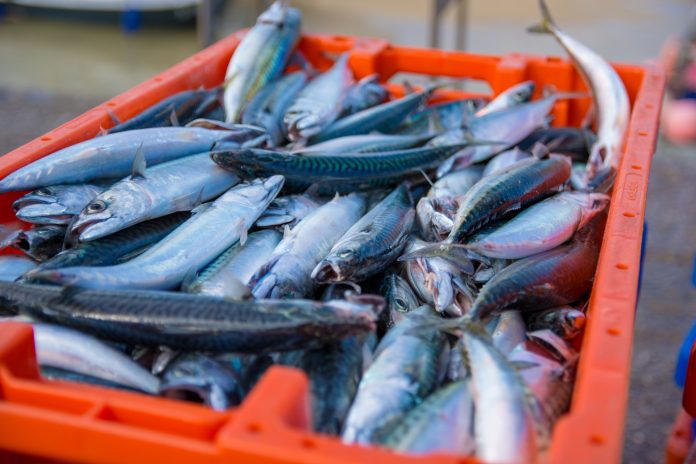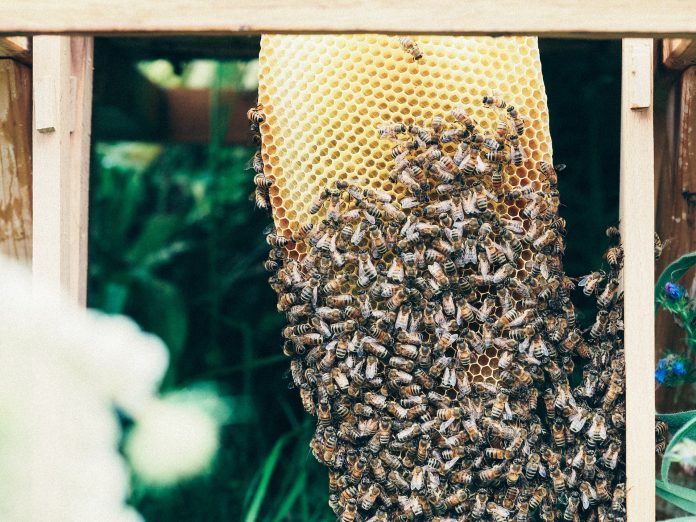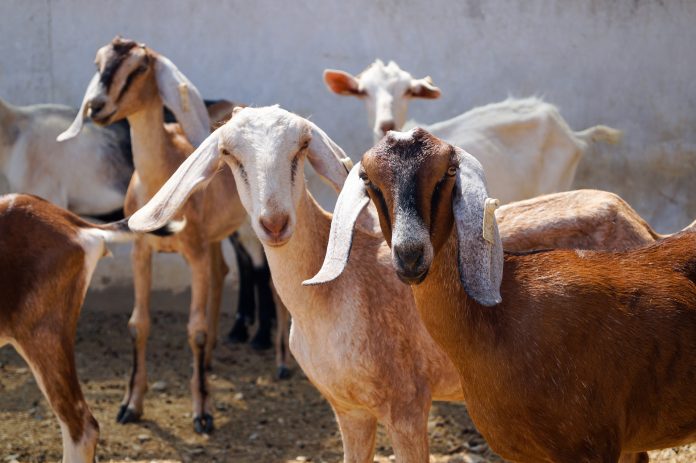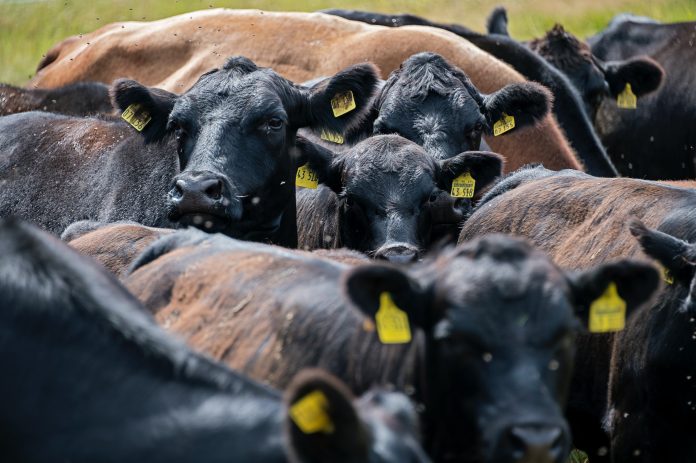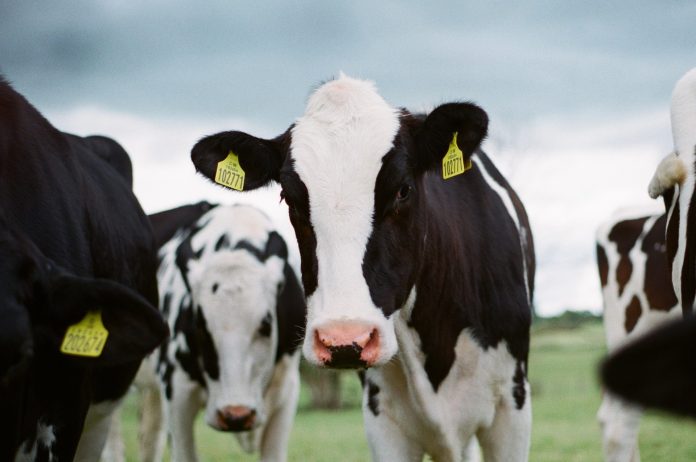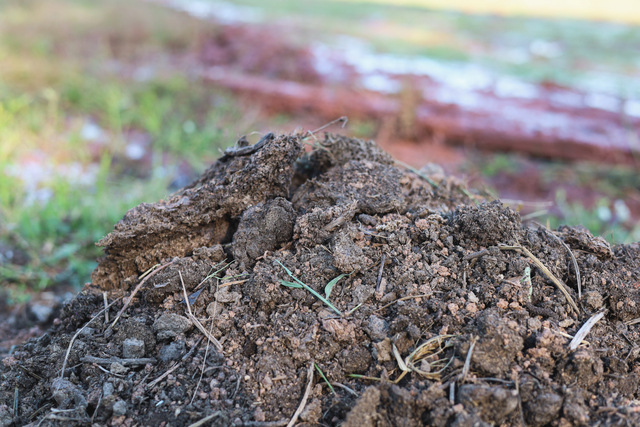There has been a steady but significant increase in the sale of herbs as well as herbal medicines. This has increased the prospects of the herbal medicine business. Countries like India have always had their types of traditional medicine which are now slowly getting recognition and popularity. The herbal medicine business requires you to properly understand the medicinal properties and the working mechanism of the plants. You can either be a herbalist or get the help of a herbalist to start your business.
The most profitable medicinal plants include Aloe Vera, Ashwagandha, Brahmi, Isabgol, Senna, and Tulsi that require very little expenditure and care. Depending upon the type of plant that you grow the income will be different. With medicinal plants business you can eye an income around 1 to 3 lakhs per acre. This article will help you get the facts straight to start your business.
Benefits of herbal medicine
It is essential to understand the benefits of herbal medicine so that you can sell your products with proper reasoning and properly promote them.
- Herbal medicine products offer holistic treatment that not only cures the problem but will also strengthen the immune system to keep the diseases off.
- Fewer side effects are the major perk of herbal medicine since the ingredients are carefully taken from herbs that have wider positive effects on the body, they do not cause any long-term side effects.
- Most herbal medicinal products come with an array of instructions and tips that you need to follow religiously. It is a way of empowering yourself and making the most out of these products.
- Most importantly, it has scientific backing as well as years of experiments and expertise to ascertain its positive effects.
How to Start an Herbal Medicine Business?
When planning to start an herbal medicine business it is necessary to have the required qualifications and master the needed skills. The qualifications required are an Herbal medicine degree from a reputed institution. If you do not have this required qualification, find someone who has this degree and make him/her your partner.
- The first step of starting a herbal business is to find an appropriate name for your business.
- Choose the popular herbs and understand more about their benefits and possible side effects, interactions, etc. You must also be careful to choose herbs that are organically grown.
- Develop a business plan keeping in mind your budget, the target customers, the cost of the products, your profit margin, and the general portfolio of the company that is going to be your identity in the public domain.
- Register your business as a legal entity and open a bank account under this name.
- Procure a licence from AYUSH – The Ministry of Ayurveda, Yoga, Naturopathy, Unani, Siddha, and Homoeopathy using necessary documents. There are three types of licences such as complete manufacturing licence, loan licence, and third-party manufacturing. Choose the appropriate one accordion to your business plans.
- Find a manufacturing facility which can be a small setup or a large-scale business.
- The next step is to manufacture the products under strictly hygienic conditions and packaging processes.
- Once you have everything ready, the next step is marketing. Though the initial research and strategies should be done along with the business plan, now is the time to do the practical side.
- Marketing strategy includes finding the most profitable method to get your products to the customers. You easily choose an online platform such as your website cum shop, social media promotions, and other print media as well.
- Needless to say, that the products should have an affordable price range. You can add coupon codes to lower the price as part of the marketing strategy in promoting your herbal business to gain more customers. Later, their reviews will help you spread the word.
Future of herbal business
The herbal medicine business is not restricted to the manufacturing of herbal products, it also involves growing the necessary herbs as well. Due to the increase in demand for herbal medicine, there is a sudden growth in the sales of herbs as well.
If you do not have the necessary qualifications to start a medicine business, this is the best alternative. Medicinal herbs business does not require licensing or major legalities involved. You can easily find suitable land, learn about the cultivation of herbs, or get assistance and immediately start growing them. You will have enough time to find the appropriate market as many of these medicinal herbs can be dried and stored for a long time.
Note: The information contained herein is for informational purposes only. Nothing herein shall be construed to be financial or legal advice. Pesticides are a considerable risk of loss in crops and viewers are advised to do their own research before making any decisions.

